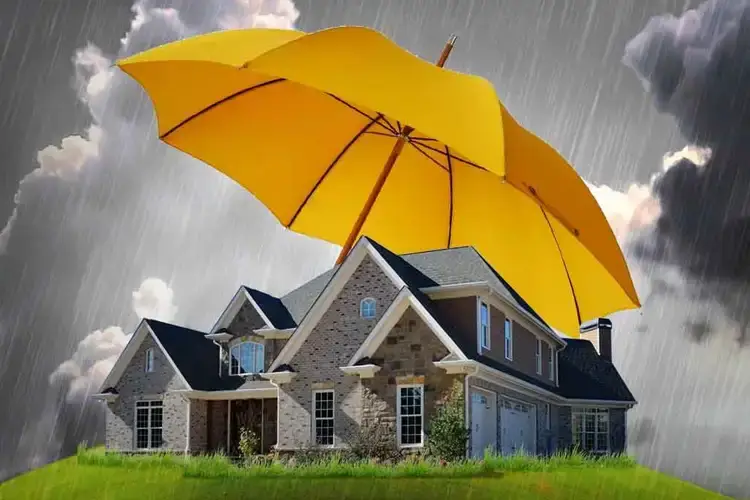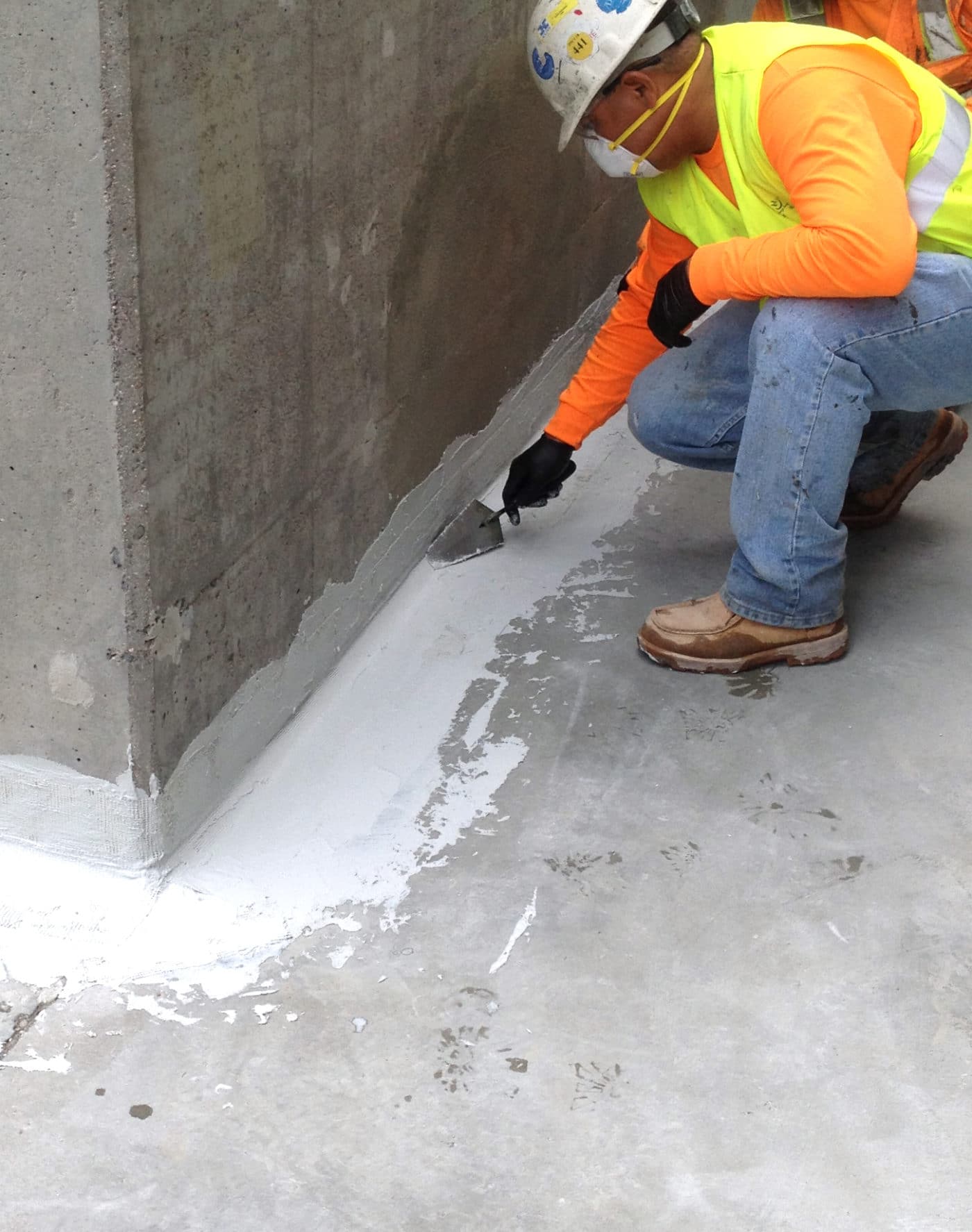The Role of Sump pump discharge drainage Omaha in Protecting Your Property
Wiki Article
Just How Waterproofing Works: A Comprehensive Take A Look At Methods and Technologies
Waterproofing is crucial for shielding structures from moisture-related damages. It entails numerous strategies and modern technologies that develop obstacles versus water breach. Standard techniques, such as compacted clay, exist together with contemporary advancements like liquid-applied membrane layers. Comprehending the nuances of these methods is crucial for efficient application. The performance of any kind of waterproofing option hinges not only on the techniques used yet additionally on recurring maintenance and evaluation. What are the key factors that influence long-term efficiency?Recognizing the Fundamentals of Waterproofing
Waterproofing is a vital process that safeguards frameworks from water invasion, which can lead to substantial damages in time. This method includes the application of different materials and techniques designed to develop a barrier against moisture. The primary goal is to avoid water from penetrating surfaces, which can trigger damage, mold growth, and structural instability.Various variables affect the option of waterproofing technique, including the kind of structure, its location, and environmental problems. Recognizing the physics of water activity and the buildings of different products is critical in picking an effective waterproofing solution.Effective waterproofing not just safeguards buildings however additionally enhances their durability and stability. Generally, it is incorporated right into the design stage of construction to guarantee complete protection. As understanding of water-related concerns grows, the value of understanding waterproofing basics comes to be increasingly clear to designers, builders, and homeowner alike.Standard Waterproofing Approaches
Traditional waterproofing methods have been used for centuries, counting on time-tested methods and products to safeguard structures from water damages. One of the earliest approaches involves the usage of clay, which, when compacted, produces an all-natural barrier versus wetness. Additionally, bitumen, a sticky, black product stemmed from oil, has been used for its waterproof buildings, often put on roofing systems and foundations.Another strategy involves the application of lime-based plasters, which offer a breathable layer that permits wetness to run away while preventing water access. Thatch roof covering, a traditional method still seen in some cultures, supplies excellent waterproofing because of its firmly packed straw layers.Moreover, making use of stone and brick has been famous, as these materials are inherently resistant to water when properly mounted. Overall, typical waterproofing methods emphasize the value of picking appropriate materials and building and construction techniques to enhance resilience versus water invasion.Modern Waterproofing Technologies
Developments in modern waterproofing technologies have changed the method frameworks are secured from water damage. Cutting-edge methods such as liquid-applied membranes and sophisticated sealants have actually improved the effectiveness and adaptability of waterproofing services. These technologies permit for seamless application, lowering the danger of leaks and making sure complete coverage over intricate surfaces.Moreover, the combination of smart modern technologies, such as moisture sensing units and automated surveillance systems, enables real-time evaluation of waterproofing performance. This aggressive strategy helps with timely maintenance and decreases lasting repair work costs.Additionally, advancements in spray-applied finishes offer quick application and excellent bond, adapting to numerous substrates while giving robust security. Strategies like polymer-modified systems further improve adaptability and sturdiness, making them suitable for diverse settings. In general, contemporary waterproofing technologies not just reduce water breach however additionally add to the long life and sustainability of structures, marking a substantial shift in the market.Products Used in Waterproofing
The efficiency of waterproofing services greatly counts on the materials made use of in their application. Various products are used to create barriers against water access, each with distinct residential or commercial properties matched for various settings. Typically made use of materials consist of membranes, finishes, and sealants.Liquid-applied membrane layers, usually made from polyurethane or acrylic, form a seamless barrier that adapts to complex surfaces. Sheet membranes, normally built from rubber or polycarbonate, offer toughness and are suitable for bigger areas. In addition, cementitious waterproofing products, composed of cementitious substances, give exceptional adhesion and flexibility.Sealants made from silicone or polyurethane are crucial for joints and seams, guaranteeing detailed defense. Furthermore, advanced products, such as geo-composite membranes, incorporate numerous functions, enhancing efficiency. Overall, the option of waterproofing products is vital in accomplishing lasting and effective water resistance, tailored to particular project requirements and ecological conditions.
Typical Applications of Waterproofing
Waterproofing plays an important role in various sectors, ensuring the long life and integrity of structures. Usual applications consist of household remedies that safeguard homes, business facilities that safeguards services, and industrial setups that need robust protection versus wetness. Comprehending these applications highlights the importance of waterproofing in preserving both safety and security and capability across various atmospheres.Residential Waterproofing Solutions
Several house owners deal with obstacles with moisture breach, making effective household waterproofing services essential. Different techniques exist to resolve this issue, consisting of exterior and interior waterproofing systems. Interior services usually include the application of sealers and layers to basement walls, which help avoid water infiltration. Outside approaches generally include the setup of drain systems and water-proof membrane layers that divert water away from the foundation.Additionally, property owners may think about sump pumps to get rid of water build-up and dehumidifiers to regulate moisture degrees. Correct grading and the use of rain gutters likewise play a vital duty in handling water circulation around the home. By applying these methods, homeowners can greatly reduce the threat of water damages and mold and mildew development, making sure a dry and risk-free living environment.
Business Framework Protection
Efficient waterproofing options play a crucial function in the defense of business framework. Water Solutions. These techniques are vital for securing structures, parking structures, and bridges from water damage, which can jeopardize architectural stability and cause pricey repairs. Typical applications include the setup of membranes, finishings, and sealants that produce barriers against moisture infiltration. Areas such as basements, roofings, and outside wall surfaces are often prioritized to guarantee longevity and sturdiness. Furthermore, waterproofing systems can enhance power performance by preventing water-related concerns that might bring about mold growth and wear and tear. By executing robust waterproofing measures, residential property proprietors can secure their financial investments and keep functional performance, eventually adding to the total sustainability of industrial centersIndustrial Applications Review
While numerous markets deal with unique obstacles, the requirement for dependable waterproofing options stays a consistent in commercial applications. Industries such as manufacturing, building and construction, find this and energy often run look what i found into environments where moisture direct exposure can endanger structural integrity and operational efficiency. In producing facilities, waterproofing is essential for safeguarding equipment and materials from water damages. In construction, it safeguards foundations and basements versus groundwater infiltration. The power industry relies upon waterproofing for the security of tools in hydroelectric plants and overseas structures. Furthermore, food handling industries use waterproofing to ensure hygiene and conformity with safety and security requirements. On the whole, reliable waterproofing options are crucial for improving toughness, safety and security, and efficiency across different industrial setups.
Maintenance and Long Life of Waterproofing Solutions
Although waterproofing options are made to supply long-term security versus dampness breach, regular upkeep is important to guarantee their efficiency and long life - Foundation waterproofing Omaha. Regular assessments play a substantial function in identifying possible problems such as splits, peeling off, or signs of water damages. Dealing with these troubles immediately can avoid more damage and expensive repairs.Additionally, cleansing the surface of waterproofed locations assists remove dust and debris that could endanger the stability of the waterproofing barrier. It's additionally a good idea to reapply protective coverings or sealants as recommended by manufacturers to preserve ideal efficiency. Environmental variables, such as UV exposure and extreme climate condition, can influence the life expectancy of waterproofing products, making regular evaluation vitalOften Asked Questions
Can Waterproofing Be Applied in Winter?
The question of using waterproofing in winter increases problems about adhesion and treating. Lots of items might not do at their ideal in low temperature levels, demanding careful choice and factor to consider of particular guidelines for reliable application.The Length Of Time Does Waterproofing Commonly Last?
The period of waterproofing effectiveness varies based on materials and environmental aspects. Generally, it can last from five to 10 years, but routine maintenance and assessments are important to guarantee peak performance and longevity.Is DIY Waterproofing Effective and Safe?
The performance and safety and security of DIY waterproofing depend upon different aspects, consisting of worldly top quality and application technique. While some individuals achieve satisfactory results, others may run into concerns that compromise long-term defense and architectural honesty.What Are the Signs of Failing Waterproofing?
Signs of failing waterproofing include visible water discolorations, peeling off paint, mold and mildew growth, mildewy smells, and wetness in walls or ceilings - Basement waterproofing Omaha. These signs recommend endangered obstacles, demanding prompt evaluation and prospective removal to avoid more damagesHow Do I Pick the Right Waterproofing Service Provider?

Report this wiki page